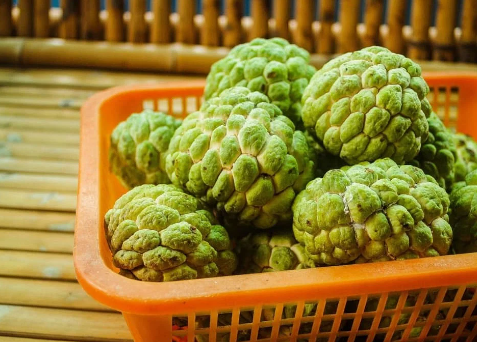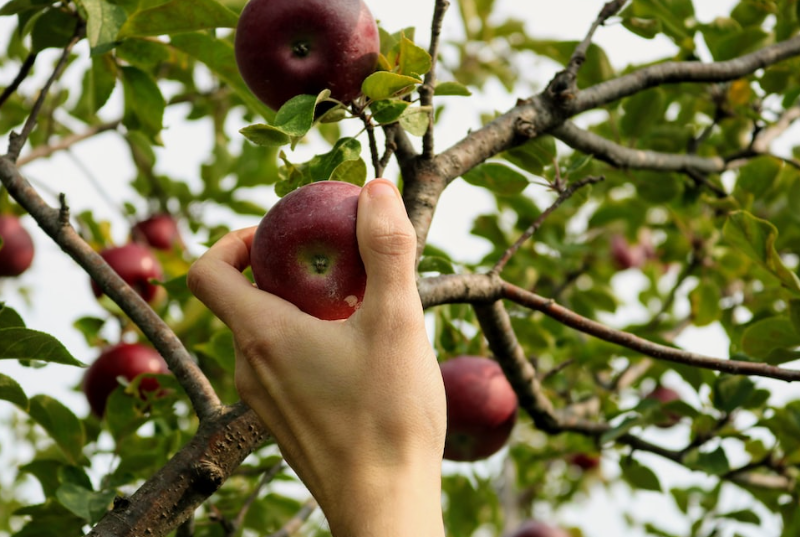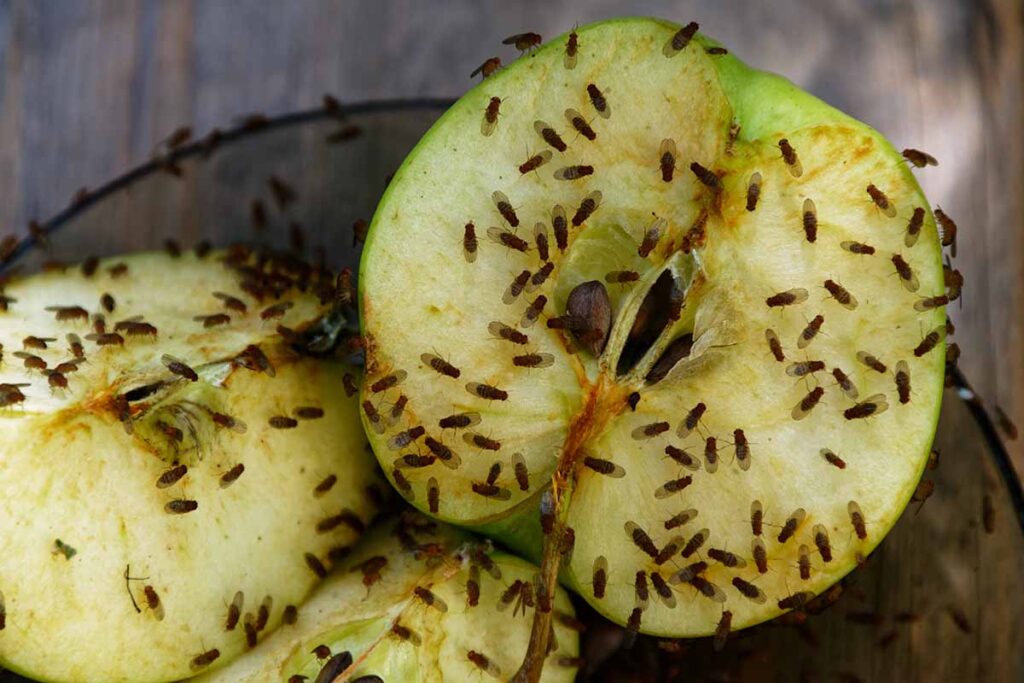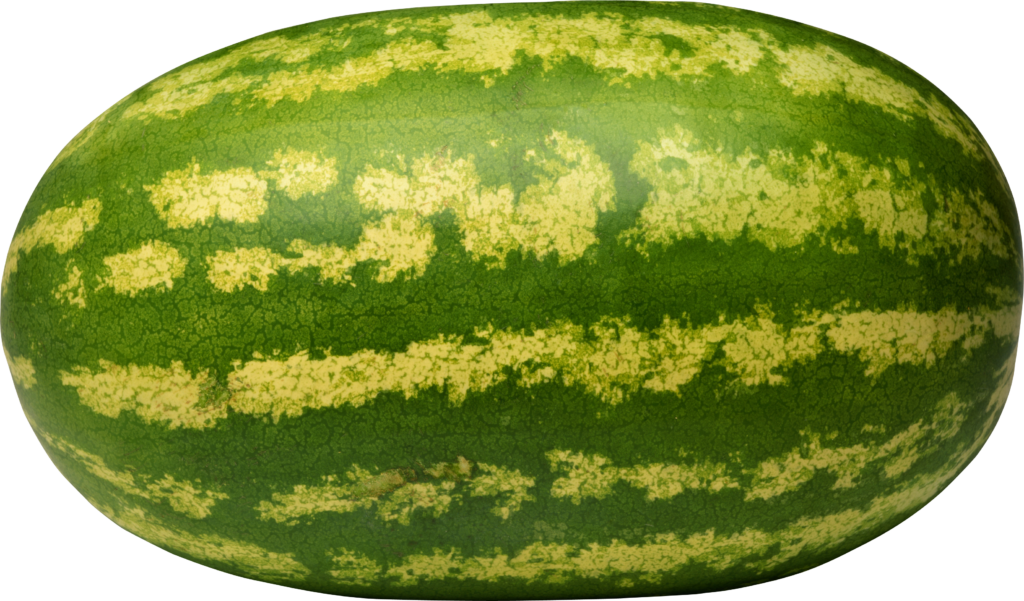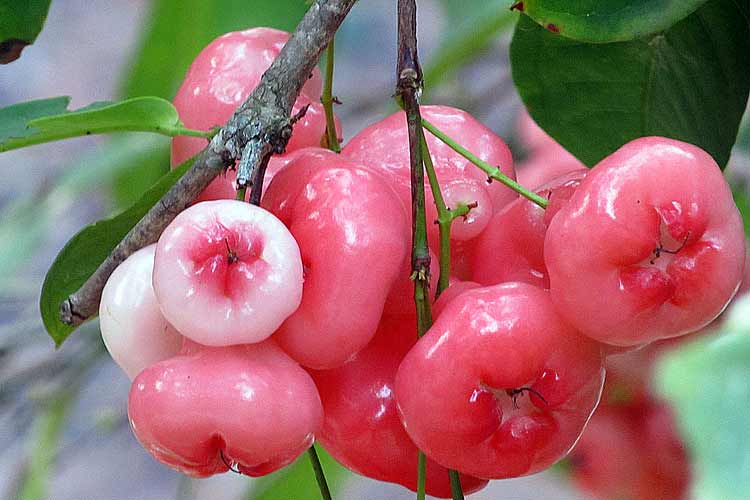For anyone who loves gardening and has a fig tree, you might find that sometimes it’s not growing leaves the way you expect. There are quite a few different things that could cause this, and we’re going to take a look at these reasons. Plus, we’ll give you some tips on how you can help your fig tree grow big and strong leaves.
Table of Contents
Common Reasons Your Fig Tree Won’t Grow Leaves
There can be a bunch of reasons, like the weather, how you’re taking care of it, diseases, bugs, or the way you prune it. But don’t worry, with the right sunlight, water and care you can help your tree get back to growing those leaves.
1. Not Enough Water
A very common reason for a fig tree not having leaves is not getting enough water. During the growing times, fig trees love to have a steady amount of water.
When the soil gets too dry, the fig tree tries to save water and might stop making leaves because of that.
To help your tree grow leaves, you should check if the ground is dry and water it well if it is.
2. Missing Nutrients
Another possible problem is that your fig tree might not have all the food it needs. Fig trees need balanced fertilizers to have healthy leaves.
If it’s not getting enough food, it might not have the energy to make leaves.
To fix this, give your fig tree a good fruit tree fertilizer, following what it says on the package for how much to use.
3. Too Much Fertilizer
But just like not enough food can be a problem, giving your fig tree too much fertilizer isn’t good either.
Over-fertilizing can hurt the leaves and stop the tree from making more.
You can encourage healthy leaves by using the right amount of fertilizer at the right times.
4. Cold Weather
Fig trees don’t like being cold. If they get too chilly for too long, they may not grow leaves.
To help your tree, make sure it’s somewhere warm, and you might need to cover it in winter if you’re in a cold place.
5. Bugs Eating the Tree
Bugs can also be a reason why leaves don’t grow. Mites, scales, and mealybugs can eat the tree’s sap, which can make the tree weak and not able to grow leaves well.
Checking your tree often and using bug spray if you need to can help the leaves grow.
6. Sick Tree
If your tree is sick, it might not make leaves. Diseases like root rot, verticillium wilt, and fig mosaic virus can make fig trees unhappy and leafless.
To get more leaves, plant your tree in soil that drains well and keep an eye out for any signs of disease. If you think your tree might be sick, it’s a good idea to ask an expert what to do.
7. Wrong Pruning
Pruning is important for fig trees but doing it wrongly can stop leaves from growing. Too much pruning or pruning at the wrong time can stress the tree.
To help your tree, learn the right way to prune. Only do it in winter or early spring and don’t cut off more than a third of the tree.
8. Tree Roots Are Too Tight
Another issue could be that the tree has outgrown its space and its roots are too tight. This is called being “root-bound” and can make the tree stressed and leafless.
If that’s the case, you might need to put your fig tree in a bigger pot or plant it in the ground so it has more room to grow.
9. Not Enough Sun
Fig trees need lots of sunlight to grow good leaves. If they’re not getting enough sun, they might not leaf out well.
Make sure your tree is somewhere that gets at least 6 hours of direct sunlight every day so it can grow those leaves.
10. Soil pH Is Off
The soil’s pH level can also make a difference. Fig trees like soil that’s a little bit acidic, with a pH between 6.0 and 6.5. If the soil isn’t right, your tree might not get what it needs to make leaves.
To help out, test the soil’s pH and you can make it more acidic or less acidic depending on what your tree needs.
11. Tree Is Sleeping
Just like other trees that lose their leaves, fig trees have a time during winter when they rest and don’t make leaves.
Just wait until spring and your tree should start making leaves again when it wakes up from its rest.
12. Tree Is Stressed
Fig trees can get stressed from things like not enough water, too hot or too cold weather, being sick, or bugs.
Keeping your tree in a good spot, watering it right, and checking for bugs and sickness can help it grow leaves again.
Conclusion
It can be worrying when your fig tree isn’t growing leaves, but there’s usually a reason why. Once you figure out what could be causing it and take steps to fix the issue, you’ll be on your way to having a fig tree with big, healthy leaves.
